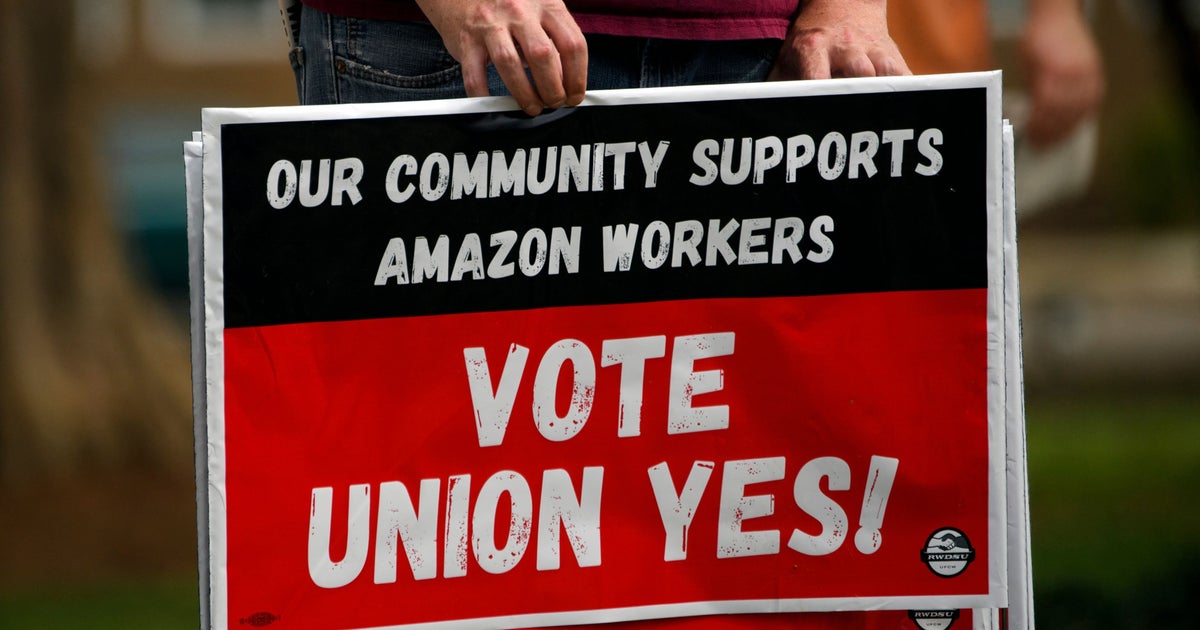More U.S. workers appear to be turning to unions in hopes of improving their jobs.
On Tuesday, federal officials reported a 29% jump in union election petitions during the most recent fiscal year, rising from 2,593 in 2023 to 3,286 in 2024. The increase is part of a yearslong trend at the National Labor Relations Board, the agency that oversees private sector union elections and enforces collective bargaining rights.
The NLRB said the number of petitions it’s received has more than doubled since 2021, when the board was reshaped following President Joe Biden’s victory over former President Donald Trump.
Workers can file election requests once at least 30% of the workplace has signed union authorization cards. Employers can also request that a vote be held if a majority of workers make it clear they want to unionize.
Jennifer Abruzzo, the labor board’s general counsel, said the uptick was a testament to workers “knowing and exercising their rights” and to the work of the board’s staff.
She also said the agency is starved for resources at a time of increased labor activism, jeopardizing its mission of protecting workers’ rights. When the NLRB faced a similar caseload back in 2011, it had 62% more field staff, according to the agency.
“I urge Congress to fully fund the NLRB so that employers, unions and workers receive prompt and meaningful case resolutions,” Abruzzo said in a statement.

PATRICK T. FALLON via Getty Images
The increase in election petitions comes at a time of rising popularity for organized labor.
Recent Gallup surveys show union favorability hovering near a 60-year high, and polls have shown the general public tends to back striking workers in their battles with corporations these days. Meanwhile, high-profile organizing campaigns at companies like Starbucks, Amazon and Trader Joe’s have given labor a toehold in previously nonunion companies.
Even so, the rise in election petitions and polling numbers hasn’t yet resulted in higher union density — that is, the share of the workforce that belongs to a union. Roughly 1 in 3 U.S. employees were union members at labor’s peak in the 1950s, but that figure has fallen to roughly 1 in 10, a modern low according to the Bureau of Labor Statistics.
Support Free Journalism
Support HuffPost
Already contributed? Log in to hide these messages.
Last year, the labor movement added an estimated 139,000 union members. That wasn’t enough to keep pace with the growth of the overall workforce, however, so union density ticked down slightly.
Unions have complained for years that employers face little in the way of serious penalties for punishing or firing union supporters, making it difficult for workers to form unions and secure first contracts. But in recent years, the labor board has taken several steps meant to ease the path toward unionization.
Last year, the board made changes to the union election rules so that votes take place on a tighter timeline, making it harder for employers to drag out the process with legal delays. In 2023, the board also issued a landmark decision meant to discourage illegal union-busting by employers.
The changes make it more likely a company will be ordered to bargain with a union if the company broke the law during an organizing campaign. Board officials said the idea was to discourage employers from making illegal threats or retaliating against workers who try to unionize.

